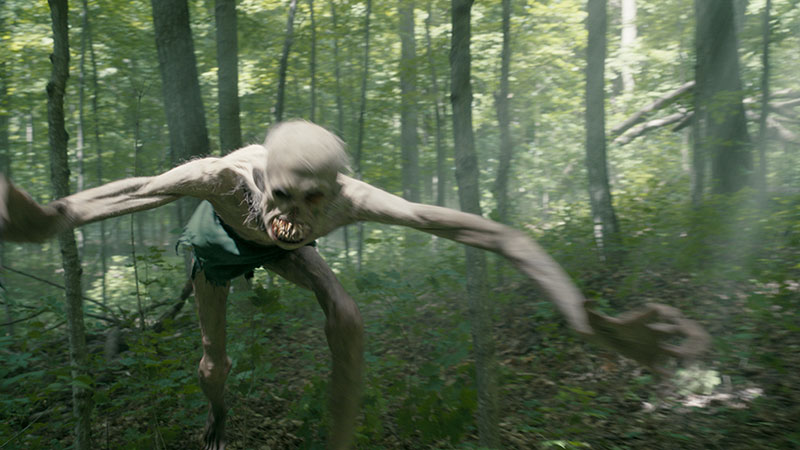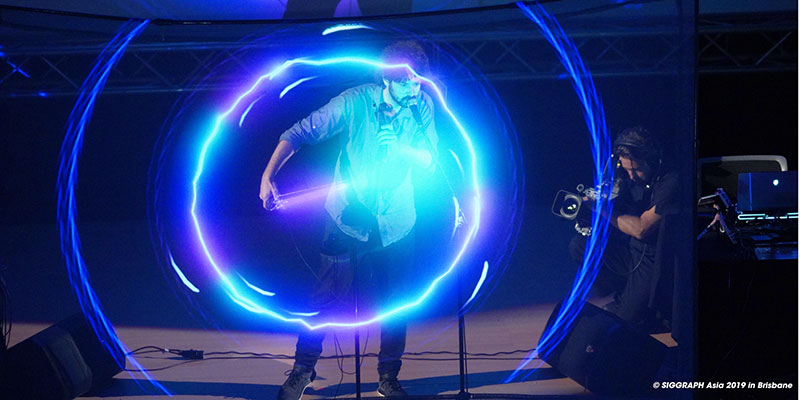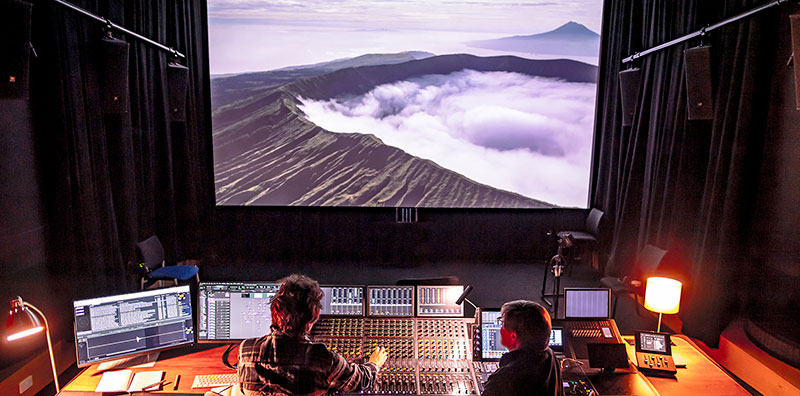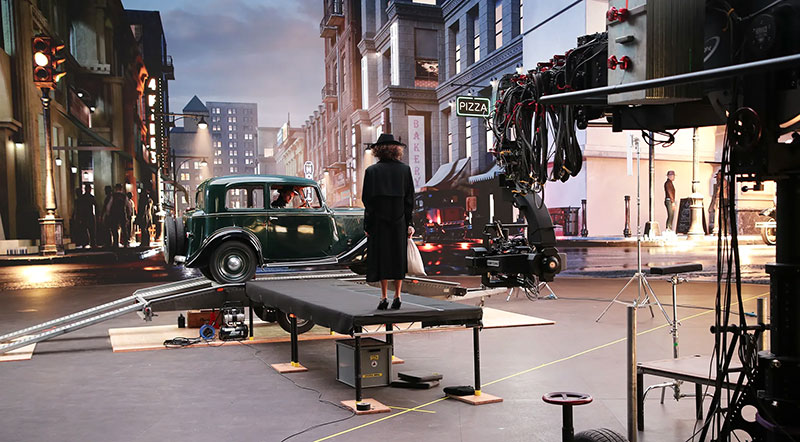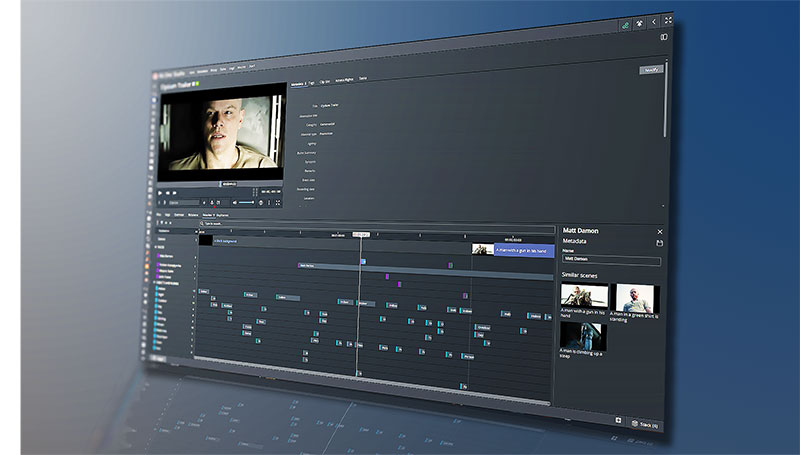José Francisco Neto talks about his 30-year career, what it means to work as a colourist today and tomorrow, and why he’s looking forward to being a judge at the FilmLight Colour Awards.

Selection of winners from FilmLight Colour Awards in 2023
The FilmLight Colour Awards, now in its fourth year, recognises skill and talent in colour grading as it is practised today. It also aims to encourage a wider appreciation of the value that colourists at all levels, from juniors to industry veterans, bring to the film industry.
Organised by FilmLight in association with professional bodies, the Colour Awards are open to colourists using any grading system or software, and winners are announced at EnergaCAMERIMAGE in Poland. The programme includes six categories – theatrical features, non-theatrical or television series productions, commercials, music videos, lower budget features and, new in 2024, a category for Emerging Talent, open to young colourists aged 18 to 35 working on commercial and music video projects.
A major feature of the Awards is the Jury, a panel of judges made up not only of colourists but also cinematographers, directors, producers and members of the production and post community. José Francisco Neto, ABC, a senior colourist and founder of DOT, a post-production company in São Paulo, has recently joined the Jury.
During his 30-year career, his work has spanned diverse projects from short films and movies to episodics such as Disney’s Aruna’s Magic. He has also served as a Post Production Supervisor and VFX Supervisor on various projects, giving him a distinctive perspective as a colourist. An active member of the Associação Brasileira de Cinematografia (ABC), he is dedicated to dispersing and sharing knowledge, and promoting industry development.
The Integrated Grade
José regards the Awards as a special opportunity for filmmakers to celebrate the achievements of their art, and at the same time connect and delve deeper into the colour grading process. “It's also a rare opportunity to see work from around the world, and to see how diverse cultures are applied to visual arts. This is important in understanding how our work may be received by the global audience we reach today, not only through streaming but also through traditional distribution and festivals, which have become more globalised, too.
He also feels it’s been important to find a way for colourists to be recognised, because their work is such an integrated part of the overall cinematography that it is difficult to evaluate. “You could argue that it is a very important part, since it produces the final form of the photography, but on the other hand, it is inseparable from any other elements that contribute to the final visual outcome,” José said. “The level of collaboration with different DoPs results in varying levels of contribution from the colourist, which means the artistic input can differ significantly from project to project.

José Francisco Neto, ABC, senior colourist and founder of DOT post-production studio in São Paulo.
“Colour grading blends technical and artistic skills. Sometimes it’s an ‘art on demand’ where we meet the project's needs, while in others we have complete creative freedom to propose and heavily influence the final look. Colour has an amazing ability to communicate or induce emotions directly to the heart, much like music does. All these aspects make evaluating the work of colourists very challenging.”
Spotlight
But in his view, the winner is not the most important aspect of the Awards. He noted, “Of course, we need to have a winner, who always deserves the accolades. Just look at the amazing work of the latest winners. But the true importance of the award is about shining a light on many talented professionals who have significantly contributed to the outstanding visuals of countless pieces of art and thrilled audiences worldwide. Honouring and celebrating them, as well as the craft of colour grading itself, is something we missed for years until the FilmLight Colour Awards were established. We are very grateful for that.”
Expressing those same sentiments, José is especially positive about the Awards’ Spotlight category. “What a great name for a category – a single word that explains it all,” he said. “Talents emerge everywhere, even in places where the filmmaking industry is small or non-existent, but there are colourists with rich cultures and unique visions. To embrace those is essential to enrich and evolve the colour game.”
Three Looks
José has worked with many different DoPs over the years and found the process has never been the same with any two of them, since it is important to adapt, absorb and learn from them as much as possible. However, one DoP has a method that particularly stands out for him.
“In that case, the DoP gives me no briefing whatsoever and asks me to propose three looks. He then chooses one as a starting point and makes his considerations,” José said. “This approach gives us both a significant level of authorship and helps the work proceed delightfully because the final look is built on a convergence of ideas and trust. It’s a very smart strategy. No need to say we’ve become very good friends.”
Science, Gadgets and the Artistic Soul
As both a senior colourist and a founder of a post facility, José sees a growing interest In Brazil in colour grading as a profession and art form. He has meaningful advice for young, aspiring colourists. “I’ve noticed a heavy dependence on online tutorials. I notice young professionals focusing their time on learning how to do things rather than understanding why they do them. They don't spend enough time focusing on art and expression through images,” he said.
“I come from an engineering background that bridges arts and science, where we could learn from labs as well as from DoPs. Labs always follow the book, while cinematographers push limits and distort reality. Each one has a distinct philosophy to conceive the image they seek and a different approach to lighting. It’s an extremely rich environment in creative terms.” Therefore, José is concerned that modern workflows are distancing cinematographers and colourists, through remote sessions, excessive tutorials or production constraints.
His advises, “Gadgets are amazing, but try to put them aside and give more time to develop your artistic soul. Buy a watercolour kit and dive into painting. Learn to mix your own palettes to better understand colours as a form of expression. It doesn’t matter, if your resulting art is not great. What matters is the time you spend carefully choosing colours and growing your perception of the meaning behind the images you grade.”
Eyes of Brazil
As far as culture goes, José has come to believe that the grade can be affected by the culture of the colourist, and said, “I tend to think so. The visual culture of a society results from a wide range of experiences, including artwork, traditional festivals, costumes, architecture, mainstream TV, fashion trends and more. This visual culture can act as a common base where the director, art director and cinematographer build the desired look of a piece, and where the colourist would not be left out.
“Let's not forget the predominant light that people are exposed to. Generally, there is an observable appreciation for higher contrast and saturation in societies with tropical light, while films from northern countries often use softer tones. Cultural preferences are clearly noticeable regarding skin tones, but I'm not sure if there is evidence in other aspects. This upcoming Awards event makes a great opportunity to observe this phenomenon more closely and learn from it.”
Creativity on the Horizon
Thinking about the future of colour grading, he’s most curious about how the market will respond to inevitable AI tools. For instance, how much will automation shift from being an aid to becoming guidance or even entirely replacing decision-making? “It’s a very interesting time to live in, don’t you think?” he commented.
“From my standpoint, I’d say the vast majority of the work done today will be replaced by automated tools, opening space for a new kind of colourist. Technology has the power to change the way we do things, and we have to adapt, but I’m confident that whatever happens, there will always be space for human creativity, including our amazing capacity to transform errors into an entirely new creative trend.”
José is now working on a new course for beginners focussing on look development, and so he’s pleased to be using FilmLight’s new look development tool, Chromogen, to demonstrate his process of building a look. “It will be a huge step forward in education to work directly on image perception instead of just tweaking buttons, which usually results in undesired effects,” he said.
“I’m also working on improving and promoting VFX workflows that make better use of grading to enhance results in complex compositions. Last, I have a new feature coming in a few weeks from that very good friend, when I’ll be very happy to propose three different looks.” www.filmlightcolourawards.com



